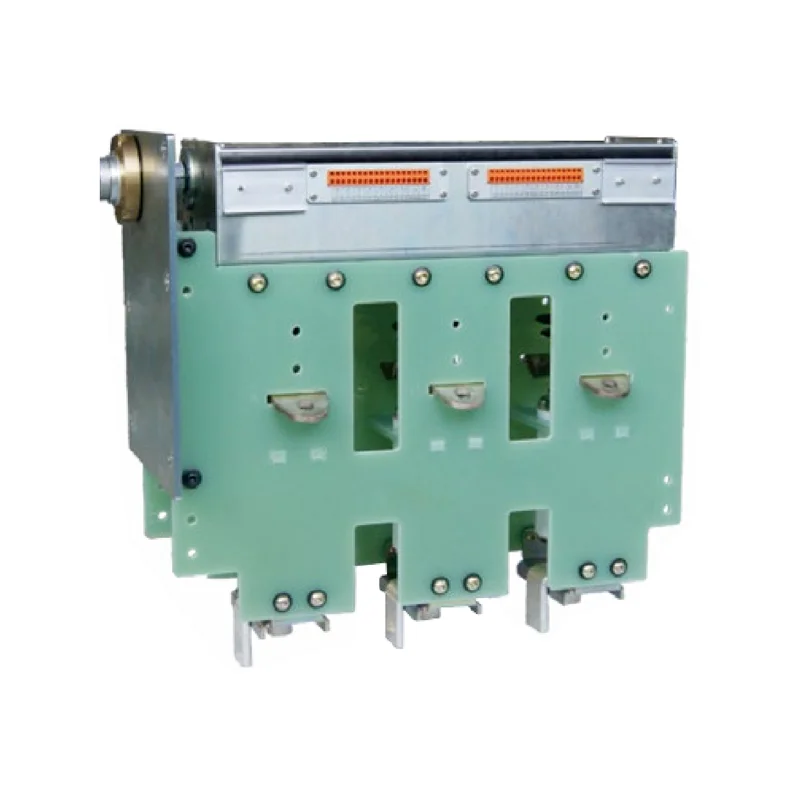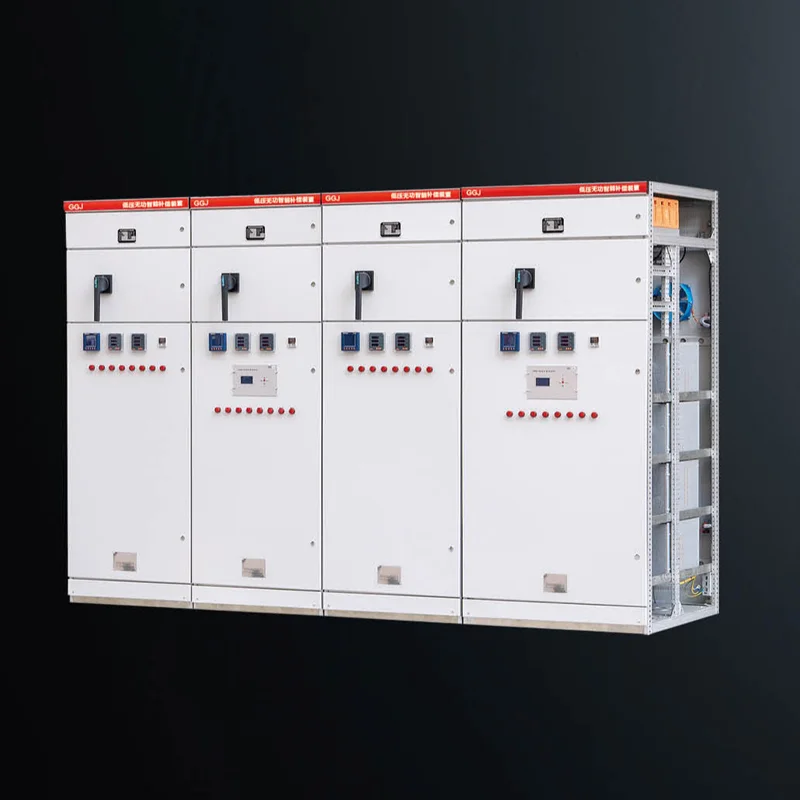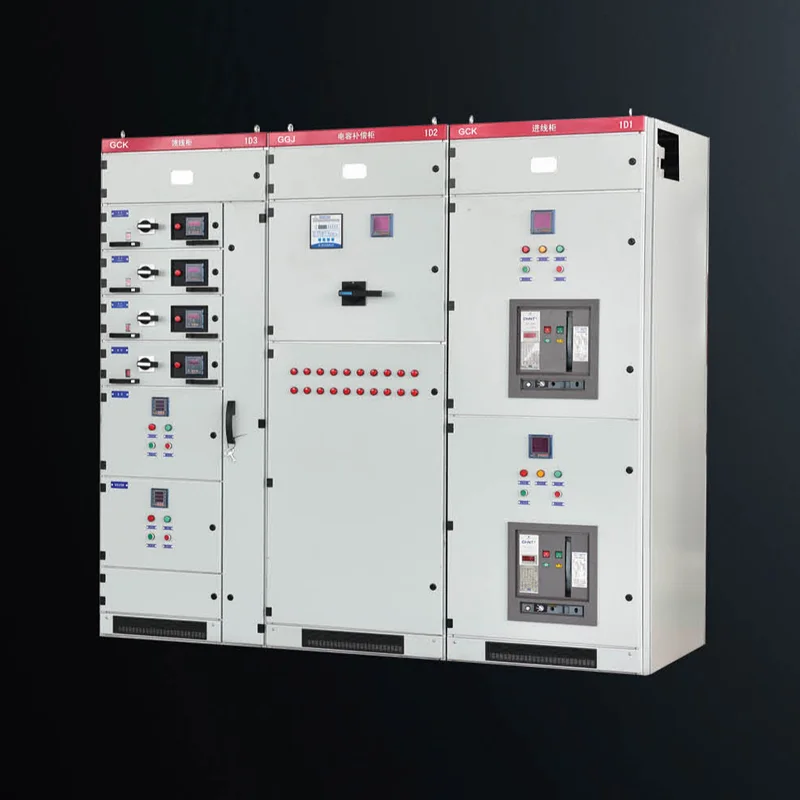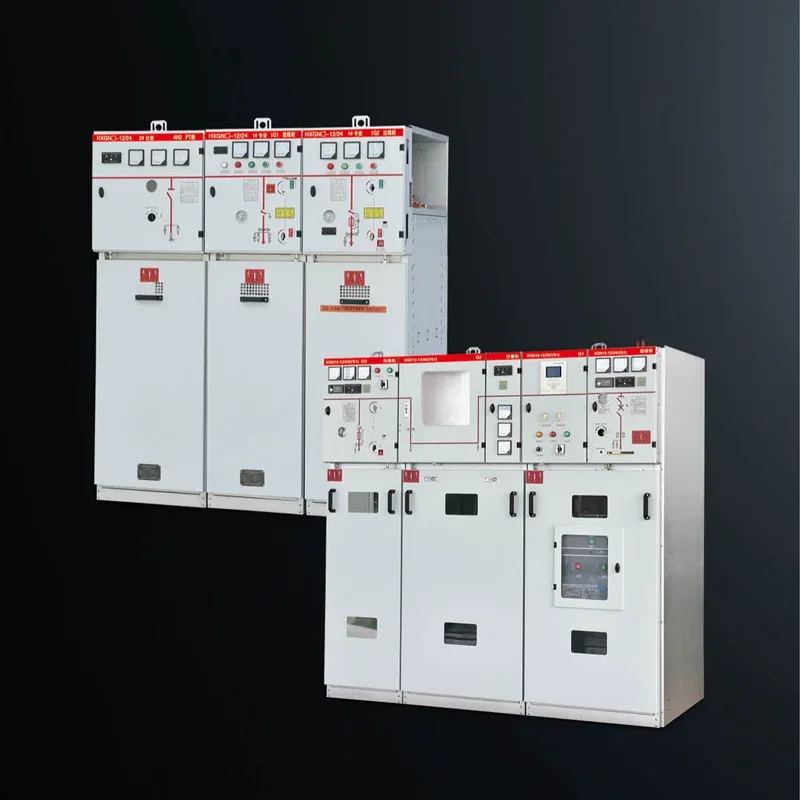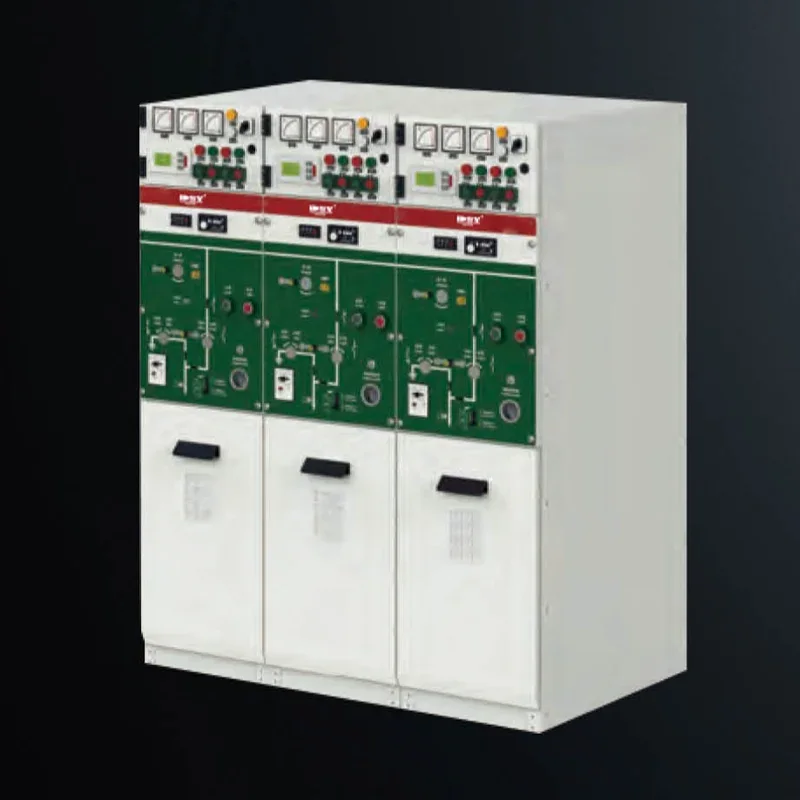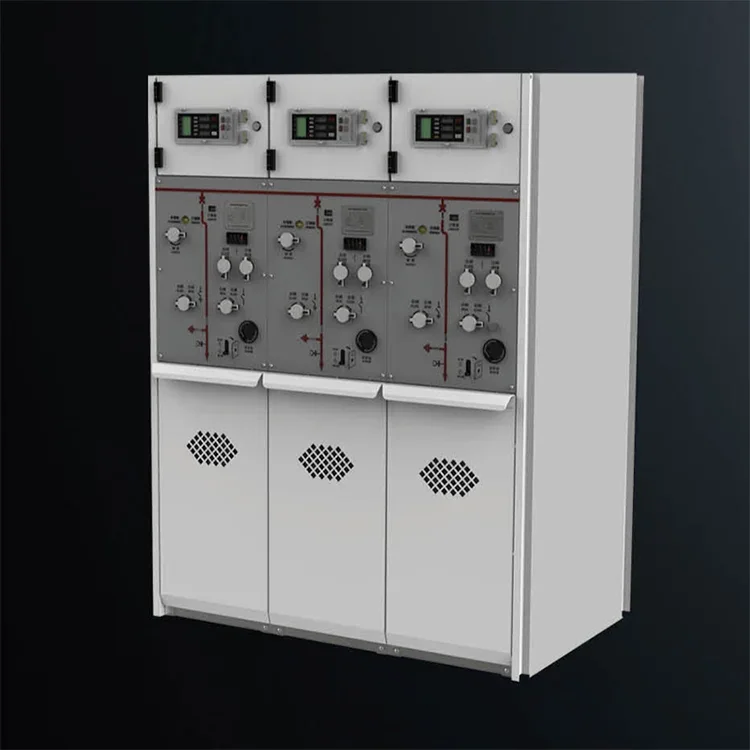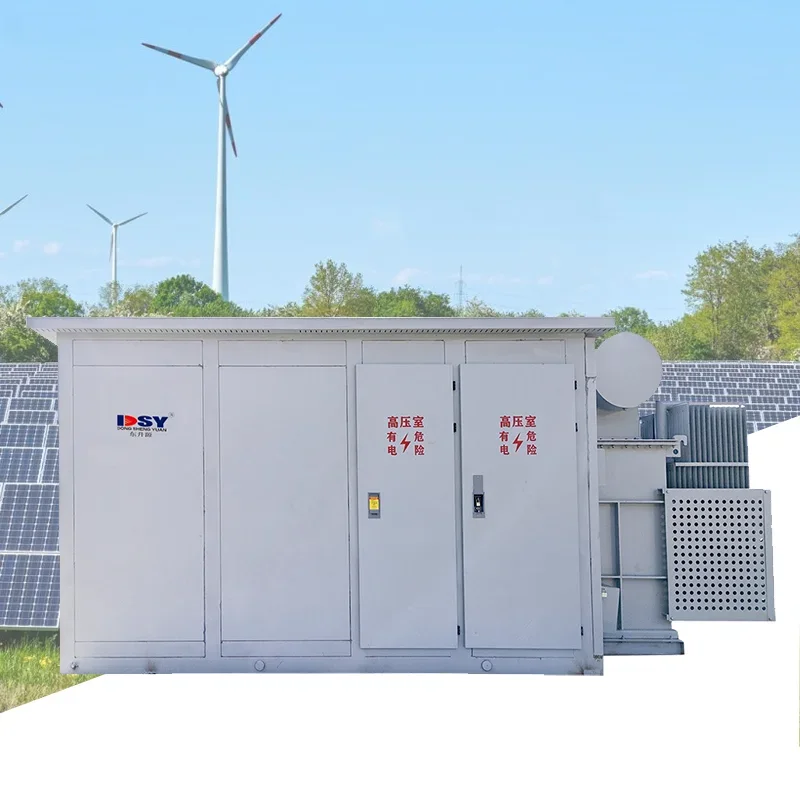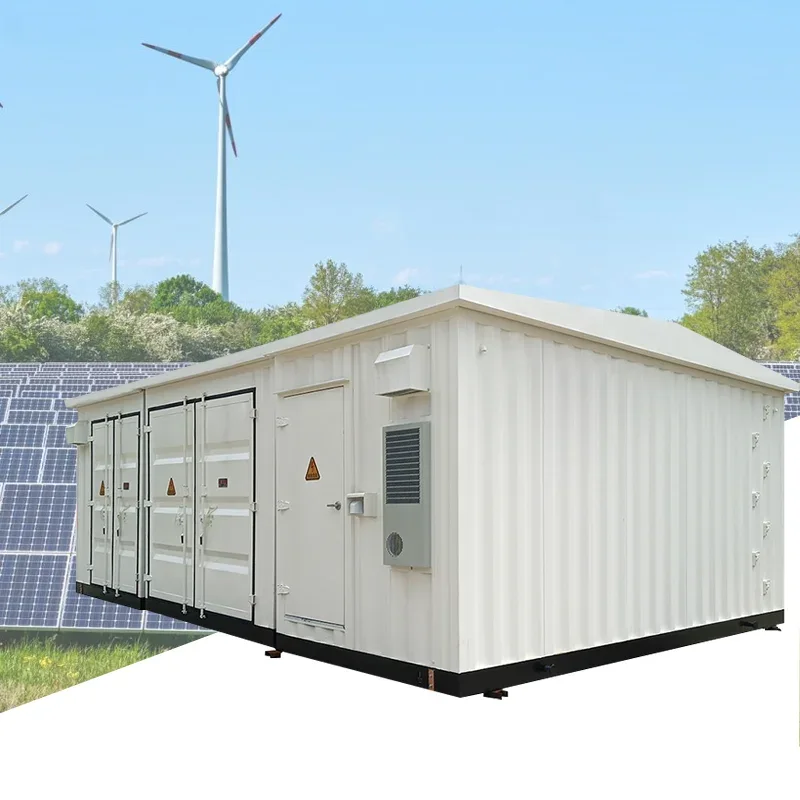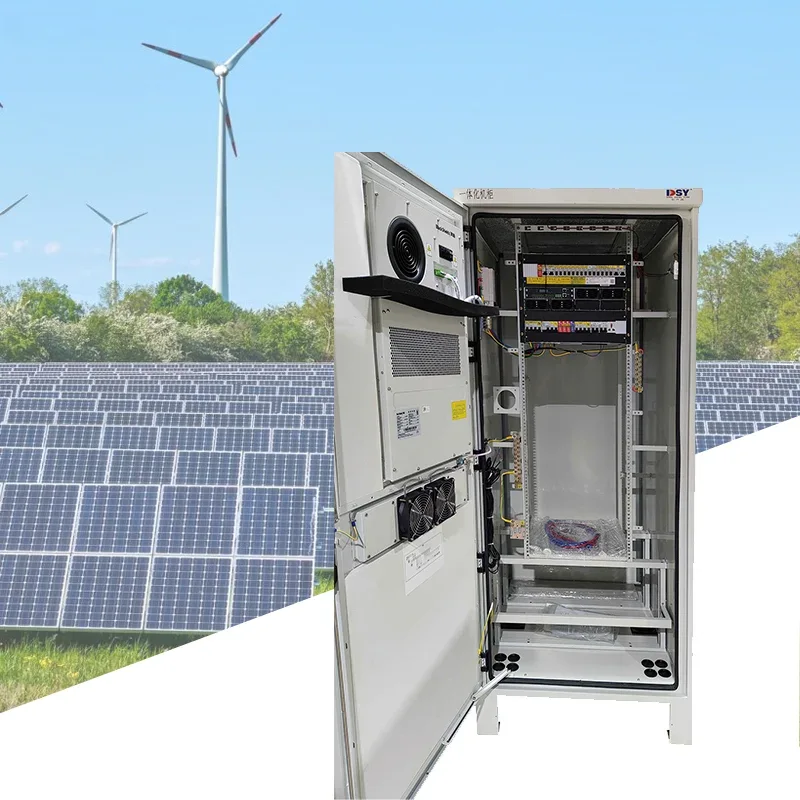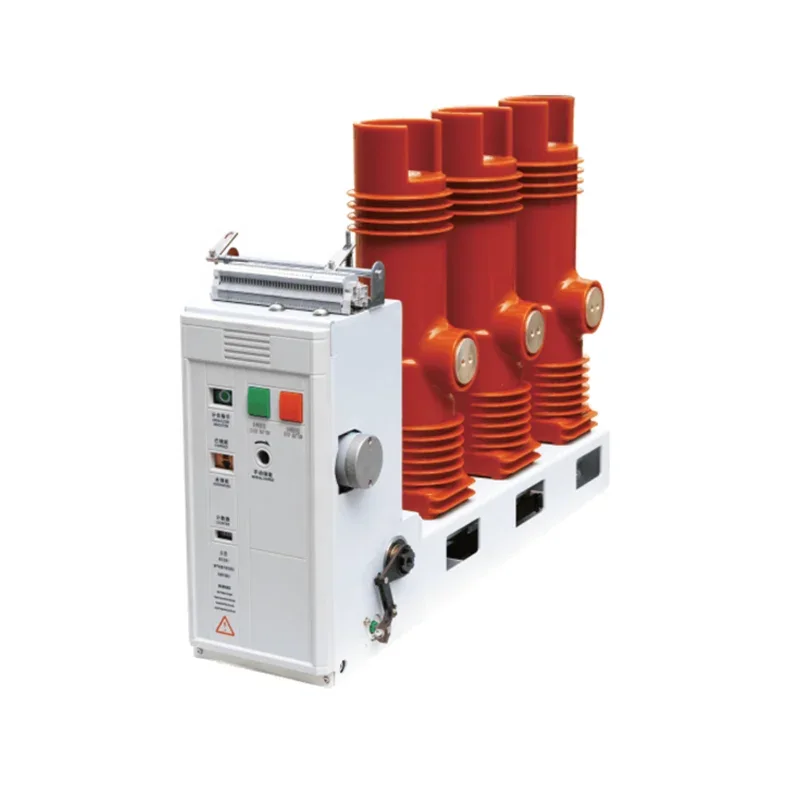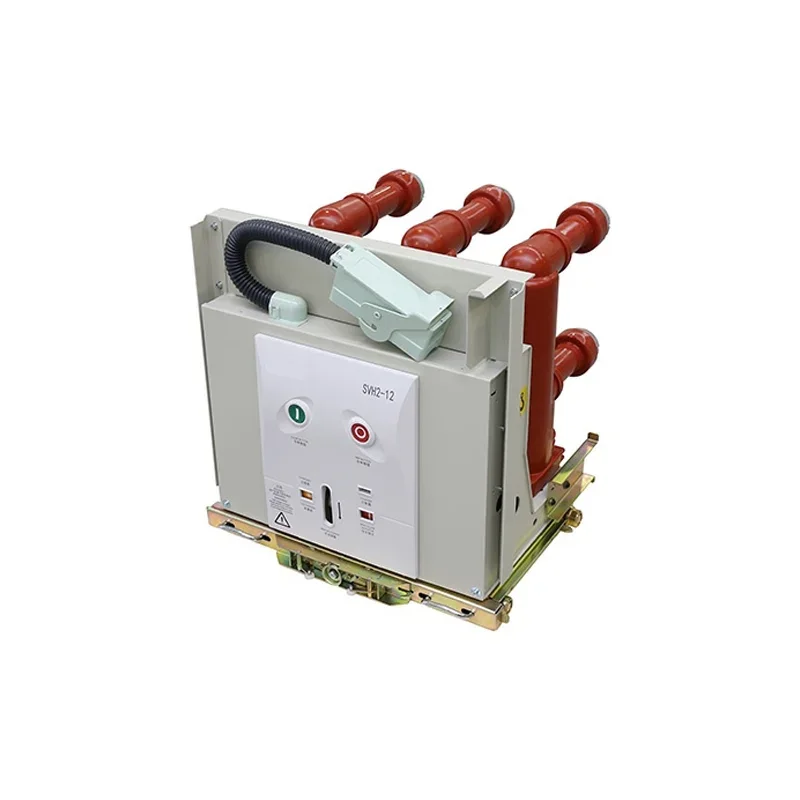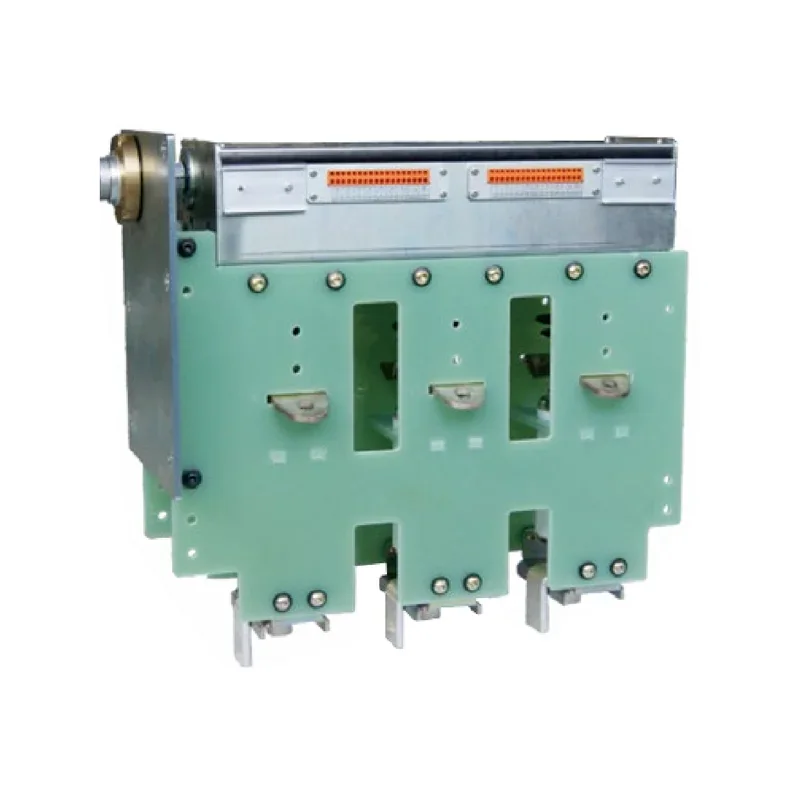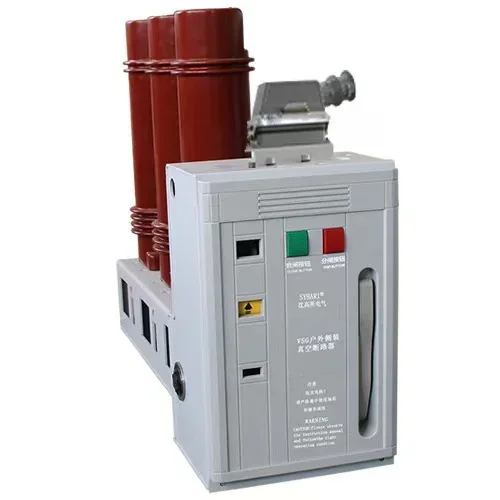Exploring the Efficiency of Gas Insulated Switchgear in Urban Environments
Exploring the Efficiency of Gas Insulated Switchgear in Urban Environments Table of Contents 1. Introduction to Gas Insulated Switchgear 2. What is Gas Insulated Switchgear? 3. The Importance of GIS in Urban Settings 4. Efficiency Advantages of Gas Insulated Switchgear 5. Space Optimization with GIS 6. Environmental Impact of Gas Insulated Switchgear 7. Technological Innovations in GIS 8. The Fut
Aug 12,2025
Exploring the Efficiency of Gas Insulated Switchgear in Urban Environments
Table of Contents
- 1. Introduction to Gas Insulated Switchgear
- 2. What is Gas Insulated Switchgear?
- 3. The Importance of GIS in Urban Settings
- 4. Efficiency Advantages of Gas Insulated Switchgear
- 5. Space Optimization with GIS
- 6. Environmental Impact of Gas Insulated Switchgear
- 7. Technological Innovations in GIS
- 8. The Future of Gas Insulated Switchgear
- 9. Frequently Asked Questions
- 10. Conclusion
1. Introduction to Gas Insulated Switchgear
In the rapidly evolving landscape of urban infrastructure, the demand for efficient and reliable electrical systems has never been more critical. **Gas Insulated Switchgear (GIS)** has emerged as a revolutionary solution that addresses the unique challenges posed by urban environments. By housing electrical components in a compact, insulated gas medium, GIS enhances safety, reliability, and operational efficiency.
2. What is Gas Insulated Switchgear?
Gas Insulated Switchgear refers to a type of electrical switchgear that uses **insulated gas** (typically SF6, sulfur hexafluoride) as an insulating and interrupting medium. Unlike traditional air-insulated switchgear, GIS systems are designed to occupy significantly less space and provide superior performance in extreme weather conditions.
2.1 Key Components of GIS
The essential components of a Gas Insulated Switchgear system include:
- **Circuit Breakers**: Elements that interrupt electrical flow during fault conditions.
- **Disconnectors**: Devices that isolate sections of the switchgear for maintenance.
- **Busbars**: Conductors that interconnect various components and facilitate electrical flow.
3. The Importance of GIS in Urban Settings
Urban areas face distinct challenges such as space limitations, high population densities, and complex infrastructure. The deployment of GIS offers several advantages that cater to these challenges effectively.
3.1 Enhanced Safety
Safety is paramount in densely populated urban environments. GIS systems are enclosed, minimizing the risk of electrical hazards, and are designed to prevent accidental contacts, ensuring safer operations.
3.2 Reliable Performance
The reliability of electrical systems directly impacts urban utility services. GIS is known for its **high operational reliability**, capable of functioning efficiently even under harsh environmental conditions.
4. Efficiency Advantages of Gas Insulated Switchgear
The efficiency of Gas Insulated Switchgear can be attributed to various factors that enhance its operational capabilities.
4.1 Reduced Maintenance Costs
GIS requires less frequent maintenance compared to traditional systems. The sealed environment protects components from environmental contaminants, reducing wear and tear and lowering maintenance costs over time.
4.2 Improved Operational Efficiency
GIS allows for rapid switching and fault isolation, improving the overall operational efficiency of urban electrical networks. Its compact design also reduces the length of electrical connections, minimizing energy losses.
5. Space Optimization with GIS
In urban environments, **space is a premium commodity**. Gas Insulated Switchgear's compact design is a significant advantage.
5.1 Minimal Footprint
GIS installations require significantly less physical space than air-insulated switchgear. This compactness enables utilities to install substations in locations that would otherwise be unsuitable, maximizing urban land use.
5.2 Versatility in Installation
GIS can be installed in various configurations, such as indoors, underground, or in constrained areas, offering greater versatility in urban planning.
6. Environmental Impact of Gas Insulated Switchgear
The environmental benefits of using GIS are noteworthy, especially in the context of sustainable urban development.
6.1 Reduced Carbon Footprint
GIS contributes to reducing the carbon footprint of electrical systems as it minimizes energy losses and enhances the efficiency of power distribution.
6.2 Eco-Friendly Insulation
The use of SF6 gas, while having a high global warming potential, is contained within the GIS. Innovations are ongoing to minimize the environmental impact of SF6, with alternatives being researched and developed.
7. Technological Innovations in GIS
As technology advances, the capabilities of Gas Insulated Switchgear continue to evolve.
7.1 Digital Monitoring Systems
Modern GIS installations are equipped with digital monitoring systems that provide real-time data on operational performance, enabling proactive maintenance and quick fault detection.
7.2 Smart Grid Integration
GIS plays a crucial role in the development of smart grids, facilitating better management of distributed energy resources and enhancing grid resilience.
8. The Future of Gas Insulated Switchgear
Looking ahead, the future of Gas Insulated Switchgear appears promising.
8.1 Increased Adoption in Emerging Markets
As urbanization accelerates in emerging markets, the demand for reliable, efficient electrical systems will drive the further adoption of GIS technology.
8.2 Ongoing Research and Development
The focus on reducing the environmental impact of GIS, including the development of eco-friendly insulation, will continue to be a key area of research, ensuring that GIS remains relevant in a sustainable future.
9. Frequently Asked Questions
9.1 What are the main advantages of Gas Insulated Switchgear over traditional switchgear?
The primary advantages include reduced space requirements, enhanced safety, lower maintenance costs, and improved operational efficiency.
9.2 How does GIS improve safety in urban environments?
GIS systems are fully enclosed, minimizing the risk of electrical hazards and accidental contacts, thus ensuring safer operations in densely populated areas.
9.3 What is the environmental impact of using SF6 in GIS?
While SF6 has a high global warming potential, it is contained within the GIS, reducing its risk of release into the atmosphere. Ongoing research is focused on finding alternative insulating gases.
9.4 How does GIS integrate with smart grid technology?
GIS supports smart grid initiatives by providing real-time data and facilitating efficient management of distributed energy resources, enhancing grid resilience.
9.5 What is the future outlook for Gas Insulated Switchgear in urban development?
The future of GIS looks bright, with increasing adoption in emerging markets and a strong focus on sustainable practices and environmental impact reduction.
10. Conclusion
Gas Insulated Switchgear represents a significant advancement in electrical infrastructure, particularly within urban environments. Its efficiency, safety, and compact design make it an ideal solution for modern cities facing unique challenges. As urbanization continues to rise, the role of GIS will only become more critical, driving innovation and sustainability in power distribution systems. With ongoing research and technological advancements, we can expect Gas Insulated Switchgear to play a pivotal role in shaping the future of urban electrical systems.
Related News
From June 5th to 8th, 2025, Shenzhen Dongshengyuan Electrical Equipment Co., Ltd. (hereinafter referred to as "Dongshengyuan Electric") participated in the Southeast Asia Electricity and Energy Exhibition (SEAPAE) held in Jakarta, Indonesia. During the exhibition, the company highlighted its three core product lines: high-voltage and low-voltage distribution switchgear, intelligent circuit breakers, and environmentally friendly load switches. These products are designed to provide targeted solutions for the high temperature and high humidity environments commonly found in Southeast Asia, as well as the growing demand for new energy access. They have successfully attracted over 200 industry customers for business negotiations.
The difference between circuit breakers and vacuum circuit breakers
Circuit breaker is an abbreviation for pole type circuit breaker. Circuit breakers are also vacuum circuit breakers

